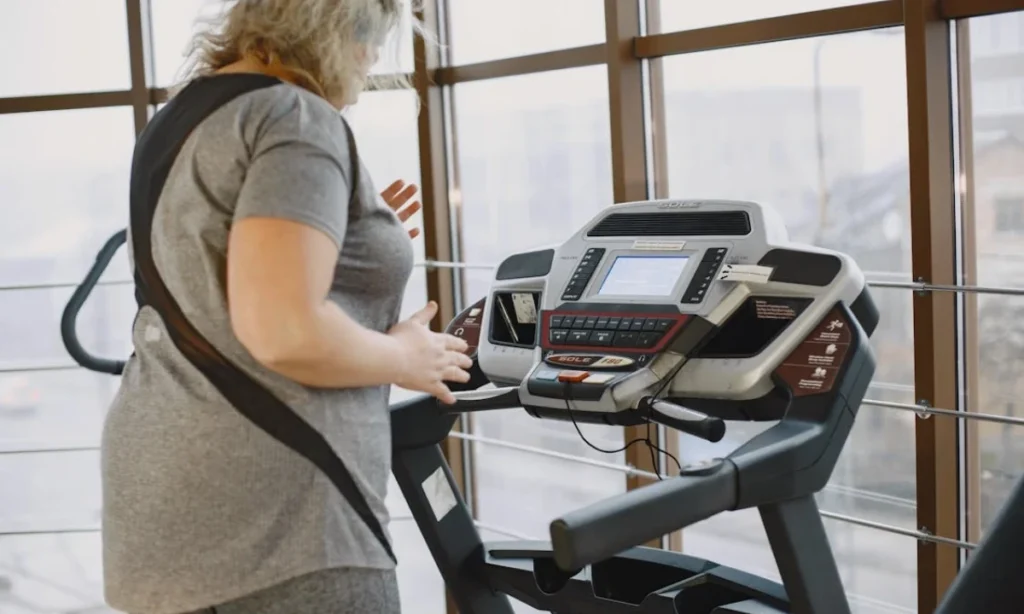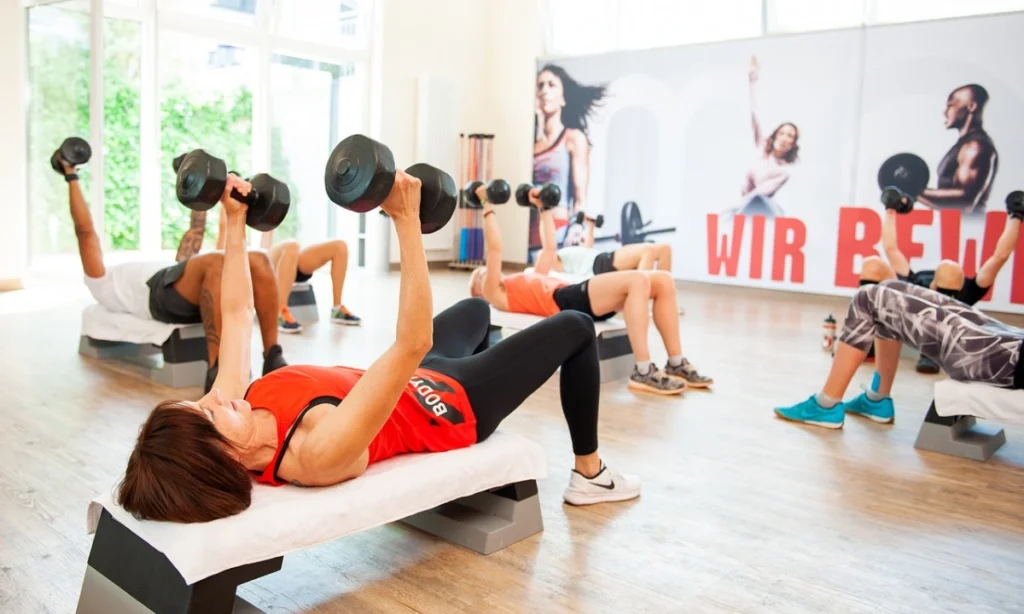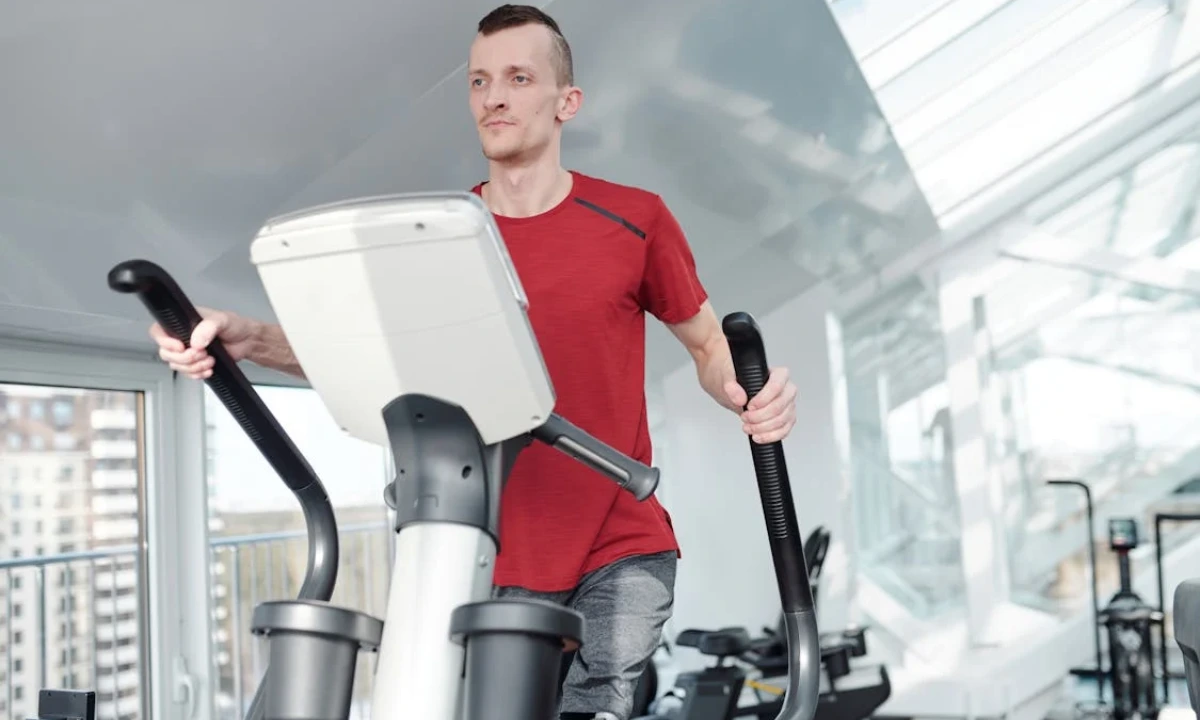“Are exercise machines effective? Discover 5 surprising benefits of using exercise machines and how they can help you achieve your fitness goals effectively.”
Introduction
In the world of physical training, fitness equipment is mostly used at gyms and fitness centers as well as is bought for home use. They make a lot of noise about ease of use or freedom of movement and about recruiting the right muscles. This article seeks to tell you all you need to know about exercise machines and the advantages and disadvantages associated with them to enable you to decide whether you should incorporate them into your exercise regimen.
Types of Exercise Machines:
Exercise machines can be categorized into two main types: cardiovascular equipment and strength training equipment.

Cardiovascular Machines: This are treadmills, elliptical trainers, exercise bikes, and rowers. They mainly aim at cardiac risk, calories, and stamina.
Strength Training Machines: These are intended to train muscle groups with the help of resistance. Other examples include leg presses and chest presses, cable machines, and others.
Cardiovascular machines
Studies show that cardiovascular equipment can alter the rate at which the number of calories burned after exercise and the overall fitness. Research to assess the metabolic cost of using several indoor exercise equipment indicated that calorie expenditure is higher for the treadmill and step mill than for the static cycle and upper body ergometer. This implies that the machines can be of most advantage to people who are keen on shedding some size or else enhancing their endurance of the walls.
Furthermore, self-performed exercise equipment has also demonstrated the potential for enhancing CMMs. For example, research that used multi-exercise systems along with dietary management found a more effective decrease of body mass and fat mass and an increase in aerobic fitness towards 12 weeks. This is an indication that if these exercise machines are used in the home setting together with the correct diet, the results could be impressive.
- How to Cancel My Planet Fitness Membership in 2025
- How many calories should I eat to lose weight?
- How many mental health professionals are in the US?
- Skin Care During Winter: 7 Essential Tips to Keep Your Skin Healthy
- How did Elon Musk lose weight so fast? 5 Secrets – You Won’t Believe What He Did!
- How Does Weight Loss Affect Your Face? 6 Unexpected Effects
- Does Baking Soda Kill Dandruff? 5 Proven Methods Explained
- Which Yoga Is Best for Beginners? 6 Easy Poses to Start With
- Are Exercise Bikes Bad for Your Knees? Experts Reveal 3 Insights
- Are Workout Apps Worth It? 5 Unexpected Benefits Revealed
Potential Efficiency of Cardiovascular Equipment
These have congregated evidence that cardiovascular equipment can greatly affect calorie consumption as well as general fitness. Energy cost during indoor exercise equipment has been evaluated, where exercise on the treadmill and step mill was determined to burn most calories as against other instruments such as the recumbent bike and the arm ergometer to some extent. Thus, for people who want to lose weight or increase their cardiovascular fitness levels, the above machines may be most effective.
Further, there is epidemiological evidence that SEMA has benefits in enhancing cardiometabolic risk profiles at home. For example, the investigations conducted with multi-exercise systems supplemented by diet programs showed a decrease in fat mass and total body weight and enhancement of aerobic fitness during 12 weeks. This shows that exercise machines may be useful at home, especially when accompanied by a proper diet.
Strength training machines
Weight training machines are useful for developing the muscularity of the muscles. Evidence shows that consistent utilization of resistance machines can improve elements of physical fitness, including muscular power and cardio/pulmonary endurance3. Notably, there is a marked enhanced functional capacity among the elderly when using high-cost and low-cost exercise equipment 3.
Conversely, another study, which specifically examined structured training programs involving outdoor fitness equipment, recommended a range of fitness benefits such as muscular fitness and flexibility. This goes a long way in showing that even equipment that otherwise can be considered odd or even suited for use in the outdoors can, nonetheless, be put to use in strength training.
Are Exercise Machines Effective? 5 Surprising Benefits
Yet are they more effective and beneficial than free weights and functional training methods in as much as they are marketed. Here are listed benifits of exercise machines:
Ease of Use: Different exercise machines are made very simple, which is interesting to first-timers. They lack the complicated manner of directions normally seen in gym exercises to help learners minimize the intimidation that comes with contraction.
Safety and Support: Machines offer inherent assistance; they are incredibly helpful to people with injuries and reduced mobility. It also minimizes the chances of performing the exercise in the wrong form, which could have severe repercussions.
Targeted Muscle Training: Most of the machines target particular muscle groups and can assist in raising their strength. For instance, we have the leg curl machine that exercises the hamstrings and the chest press machine that exercises the pectoral muscles.

Time Efficiency: Switching from one set of exercises to the other is made easier by machines, thus sparing much time during the exercise. This is especially helpful, especially during the circuit training or during peak hours in a gym.
Progress Tracking: Today, the machines offer adjustable weight stacks and/or digital readouts to help users monitor their progress more accurately over time.
Disadvantages of exercise machines
Limited Range of Motion: Pro-perceived machines tend to confine movement to that back-and-forth line that does not encourage full natural movement and thus reduce the effort put in by the stabilizing muscles. In the long run, this may hamper functional strength growth.
One-Size-Fits-All Design: However, the seat and handle of some exercise machines may not be adjustable enough and thus may not fit every individual’s shape and thus may lead to several unhealthy postures during exercises.
Reduced Core Engagement: Compared to free weights or exercising on the body, machines normally involve less balance, and therefore, the abdominals do not work as much as they would otherwise. It could cause distortion in a given period.
Cost and Space Requirements: These machines are costly and large. hence, they cannot be easily exercised in-house.
Overuse injuries: It might cause excessive strain on specific joints or muscles if the same routine is repeated with little variation.

Conclusion:
Exercise machines may also be rather useful in regard to physical fitness improvement in case of their correct usage. They set down programs likely to develop cardiovascular and strength training programs. It is important that people use this equipment optimally by observing the strengths of the equipment available and observing sound regular exercise regimes for the most optimal results that can get out of the same equipment. In the future, having more research information useful in workout regimens will improve the advantages connected with the stated equipment.
Are the exercise machines useful for weight loss?
Indeed, exercise machines for weight loss, when integrated into programs that comprise cardiovascular, strength training, and healthy diets, can help bring about changes in weight. Calorie-burning equipment, especially those that require one to run on a treadmill or bicycle that’s stationary.
Are the exercise machines good for home?
There are various types of exercise equipment, but most of the types are meant for gym use, though currently, there are home-use compact and multipurpose exercise machines. However, one should look at the space available, the cost, and the kind of exercise one intends to undertake in the machine before purchasing one.
How many times a week should one use exercise machines?
The frequency of use depends on your objective and the options of your plan or exercise regime. In general strength training, you should use machines for 2-3 days a week because muscle needs time to be built.

